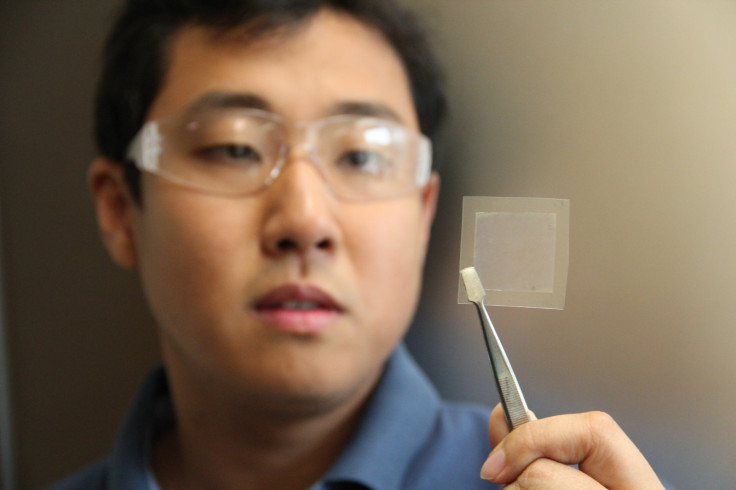Scientists use soybean oil to create cost-effective graphene
Graphene is ultra-light yet immensely tough and 200 times stronger than steel.

Scientists in Australia have used soybean oil to make graphene, a strong carbon material which is just one atom wide and conducts electricity better than copper. The discovery, they say, lowers the cost of production of graphene drastically.
According to scientists at the Australia's Commonwealth Scientific and Industrial Research Organisation (CSIRO), making graphene with soybean oil will make it more commercially viable. Although at an early stage, the use of graphene is being contemplated for various electronics and energy storage including usage for flexible, durable, semi-transparent mobile phones.
"One of the limiting factors in utilising graphene is the high price compared to other materials," said Dr Zhao Jun Han of the CSIRO.
If the said research is carried forward to device a cost-effective way to mass produce the material it can prove to be revolutionary and beyond just science labs. The graphene film produced in this experiment was only 5 cm (1.9 inches) by 2 cm (0.8 inches) in size.
The team terms the new technique 'GraphAir' technology as it involves heating soybean oil in a tube furnace for about 30 minutes causing it to decompose into carbon building blocks. The carbon is then cooled on a foil made of nickel after which it diffuses into a thin rectangle of graphene that's just 1 nanometre thick.
"This ambient-air process for graphene fabrication is fast, simple, safe, potentially scalable, and integration-friendly," said Han.
Graphene was discovered at the University of Manchester in 2004, and its inventors also won a Nobel Prize in 2010. It is ultra-light yet immensely tough and 200 times stronger than steel, but incredibly flexible. Its usage in future electronics is the talk of the industry as it is a superb conductor and can act as a perfect barrier.
© Copyright IBTimes 2024. All rights reserved.





